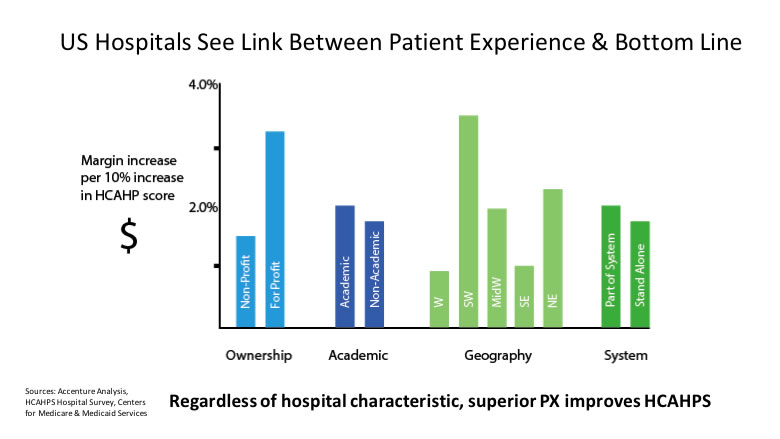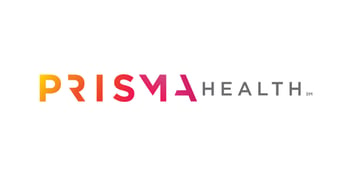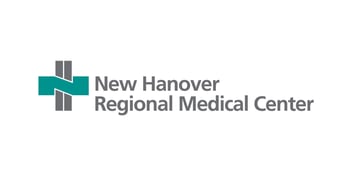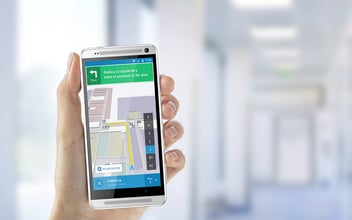The Competitive Advantage of Harnessing Technology in Healthcare
Now more than ever, high performing hospitals and health systems delivering superior patient satisfaction and experience appear to be reaping financially from their investment. High performers posted 50% higher revenues than their average performing peers — all without having to slash jobs or operating costs. Researchers from Accenture demonstrated that regardless of hospital characteristic (e.g., geographic location, size, academic affiliation), when Hospital Consumer Assessment of Healthcare Providers and Systems (HCAHPS) scores increased, so did profitability.
Yet, the potential for revenue growth stemming from increased patient satisfaction is so much broader than the 32 questions on the HCAHPS. Because HCAHPS only measures inpatients’ perceptions of satisfaction during their hospital stay, many other healthcare system touch points along the patient journey remain unassessed in their contribution to patient satisfaction. Arguably, the patient experience starts before a patient lands in a hospital bed. In other words, the inpatient hospital stay represents only one point along the patient’s journey; understanding all the interaction points between patients and hospitals represent a huge opportunity for innovation.

While continuing to strive for higher HCAHPS scores, hospitals would be wise to identify a competitive advantage that further boosts their performance. By understanding the whole the patient care journey from end to end, hospitals can uncover additional opportunities for influencing patient satisfaction. Moreover, hospitals can benefit from engagement with their patients beyond the hospital stay, so that they build lasting relationships that promote loyalty and steer repeat business back to them.
But exactly where does that patient journey begin? When Gozio Health began looking at how to improve the patient experience, we quickly understood the anxiety patients feel navigating the healthcare system when they already feel overwhelmed and stressed. By capitalizing on the ubiquity of smartphone usage, we designed a customized, hospital-branded mobile navigation app that provides patients with turn by turn directions from the driveway to any destination in the medical system and related points of interest. We wanted to empower patients to manage their digital interactions with the medical system even before they step foot on the hospital campus.
As healthcare industry undergoes huge changes in how they do business, including the shift to patient -centric care, so should the strategies to improving patient satisfaction. By assessing what their patients value most, hospitals can make the appropriate adjustments that most effectively improve patient satisfaction. Patients increasingly want the ability to interact with the healthcare system using their smartphones to access real time information such as setting appointments or finding directions. The ability to offer this feature can be a distinguishing factor between healthcare systems and where patients choose to seek care.
Across the board, investing in patient experience improves the bottom line for hospitals. Satisfied patients add to the profitability of hospitals through increased patient volume, return visits, and ongoing use of hospital-related services.


